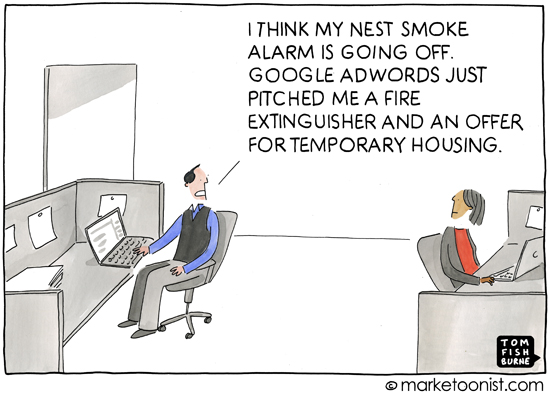Since the time I wrote An Internet of Things narrative, its trajectory and pace has seen tremendous acceleration, to an extent where TC has claimed that it has reached escape velocity. Indeed, there is a whole lot of activity happening that would back this claim – startups, larger companies getting interested in the space, geographic expansion and so on. In fact, the article has what seems like a comprehensive chart on applications, platforms etc.
In my earlier post (linked above) I had pointed to the distinction between the Internet of Things and the Web of Things. What was then a nuance seems much more wider now and is even more relevant. Another article on TC, titled The Problem with the Internet of Things is actually about this. One of the products that has fascinated me for a while is Mother, from Sen.se. To me, it aims to solve this problem, and the last two points in their ‘Creating the Internet of Life’ document is proof of it. (Like wearables in 2014, I plan to get a consumer IoT experience in 2015, and this is most likely going to be my preference) Another simplistic but potentially very useful product I have seen is Flic. The last example is Signul, which uses a beacon system to automate things used in daily lives. (both on Indiegogo)
Broadly, the commonality is that the focus shifts from a remote or a device that collects data to one that integrates well into daily lives and makes life easier. In other words, an application layer that will have better (automated) means to sense, collect data and convert it into use cases, and that is what will should dictate the next phase of growth for ‘things’. I, for one, am convinced that along with 3D printing, this will alter the system of the world. I also see this as an opportunity for brands – another technological phenomenon that can help add a unique layer to the overall offering, using both data and/or context. For example, imagine a DTH provider creating something like KipstR. (wearables + ‘things’, do check it out) This obviously means building enough trust and value with/for users for them to be comfortable with the privacy trade-offs. It remains to be seen how many brands ‘thing’ through it, and how.


Leave a Reply